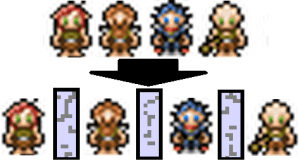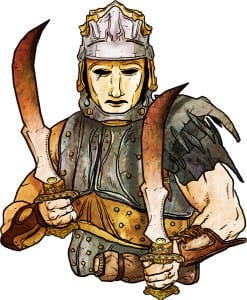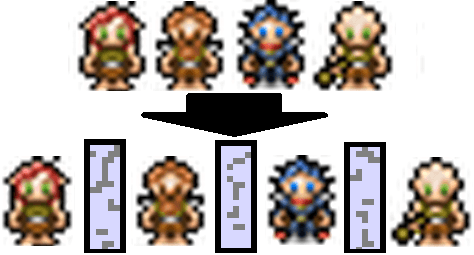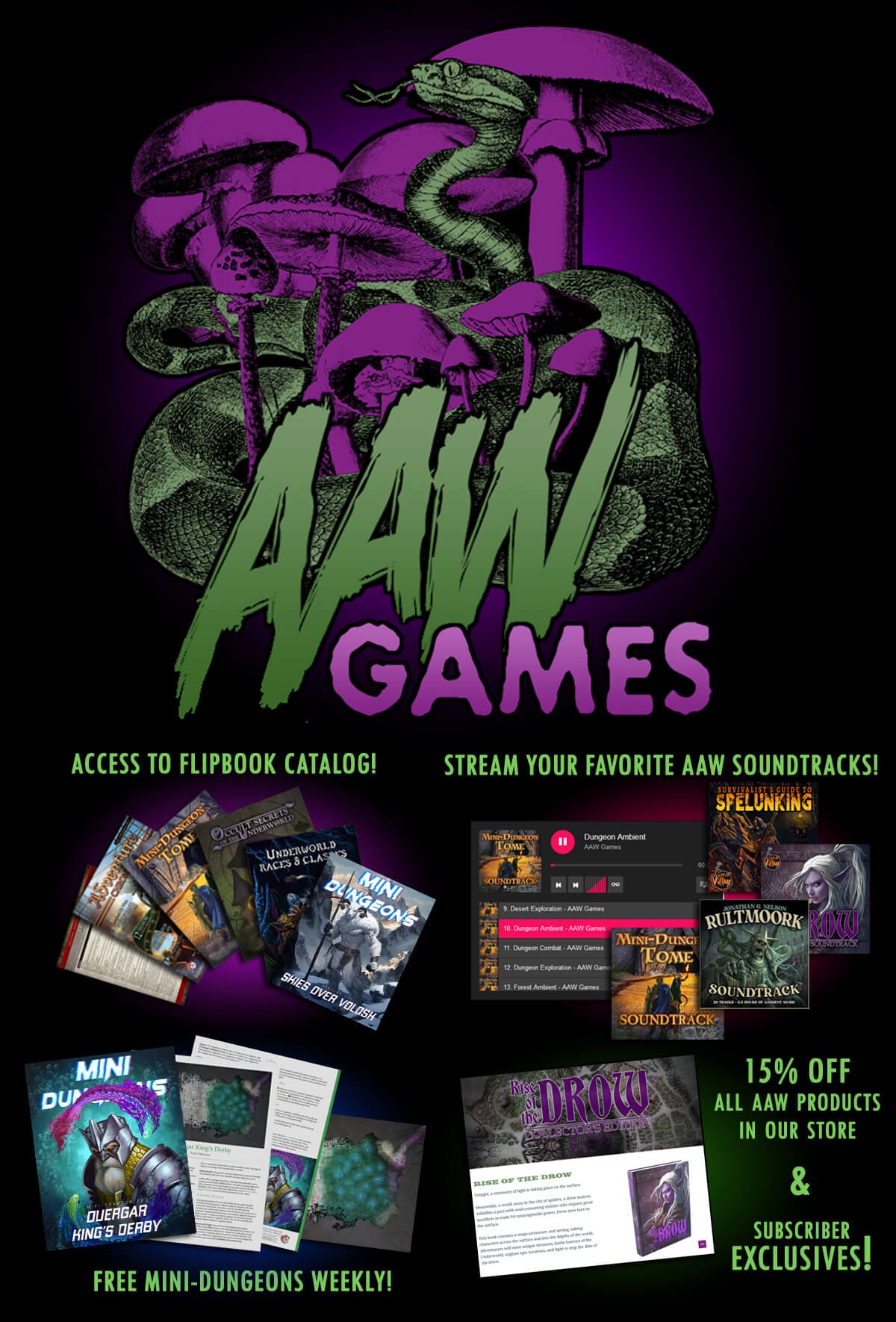 While doing my first ever seminar panel at Aethercon [available here! -MM], I stumbled on a great, simplification of a principle that applies equally well to both monster design and game design in general: isolate don’t incapacitate.
While doing my first ever seminar panel at Aethercon [available here! -MM], I stumbled on a great, simplification of a principle that applies equally well to both monster design and game design in general: isolate don’t incapacitate.
My favorite example of this is the temporal filcher, specifically the time filch ability. This wonderful grappler snatches up an opponent, and the two disappear from time for 7 minutes. Toss in one per party member and you’ve just created a dynamic fighting space using time, with one-on-one combat that lets each player get a moment to shine.
Of course not everybody is ready to be filched! Maybe psionics aren’t a part of your game, your players aren’t a suitable level, or it doesn’t fit your style of play—that’s alright! You can use terrain, magic (or its equivalent), and different objectives to do the same thing!
 One of my favorite games was one where I was a player; D’thul [if you’re thinking, ‘from Rise of the Drow?’ you are quite right. -MM] fought in a gladiator arena composed of platforms. Meanwhile another ally in the stands was dumping potions of true strike down the gullet of their marksman buddy, who in turn was flicking poisoned shards of glass at Dthul’s opponent. All while another party member was listening in on important discussions in the crowd, and another prepared an ambush for one of our quarry.
One of my favorite games was one where I was a player; D’thul [if you’re thinking, ‘from Rise of the Drow?’ you are quite right. -MM] fought in a gladiator arena composed of platforms. Meanwhile another ally in the stands was dumping potions of true strike down the gullet of their marksman buddy, who in turn was flicking poisoned shards of glass at Dthul’s opponent. All while another party member was listening in on important discussions in the crowd, and another prepared an ambush for one of our quarry.
It was epic and unforgettable, for two reasons: first, D’thul very nearly lost his life, climbing out of an acid pit with 1 hit point and watching the head gladiator die beneath him; second, everybody was extremely engaged with the game and indeed the fight, but there was still active participation on the part of the entire party.
1) Terrain
Difficult terrain can do the trick, but what about really employing some true obstacles? Perhaps the party’s enemy has prepared nearby trees to fall when struck, cutting allies off from one another, or chose a battlefield with a natural hazard to do the same. While we are indeed talking about a game with inherent teamwork, it can be extremely exciting to use the battlemap to force natural divisions between PCs, making them take to the fight on their own rather than as a group
 2) Magic
2) Magic
This is along the same lines as the temporal filcher but is a troublesome route—depending on what methods are used to get the desired effect, the PCs may rightly employ the same means to negate the whole thing! This is, of course, where conjuration effects are going to serve you best.
3) Different Objectives
As illustrated in the story above, making sure everyone has a role to play can be just as important as having the right monster for the fight! There’s rarely complete balance in a combat, and one individual will end up taking the spotlight, but that doesn’t need to be the only spotlight.
All of these can easily be used within the Lands of Ludolog! Terrain naturally plays a huge role in the 2-Bit Dimension, magic is constantly at work (and GMs are strongly encouraged to make use of more invisible walls of force as they see fit!), and having simultaneous goals to finish a miniworld should be quite common.
Just remember: stunning and paralysis can be a great tool, but nobody wants to spend a fight on the sidelines because of one bad saving throw!
Isolate don’t incapacitate!


